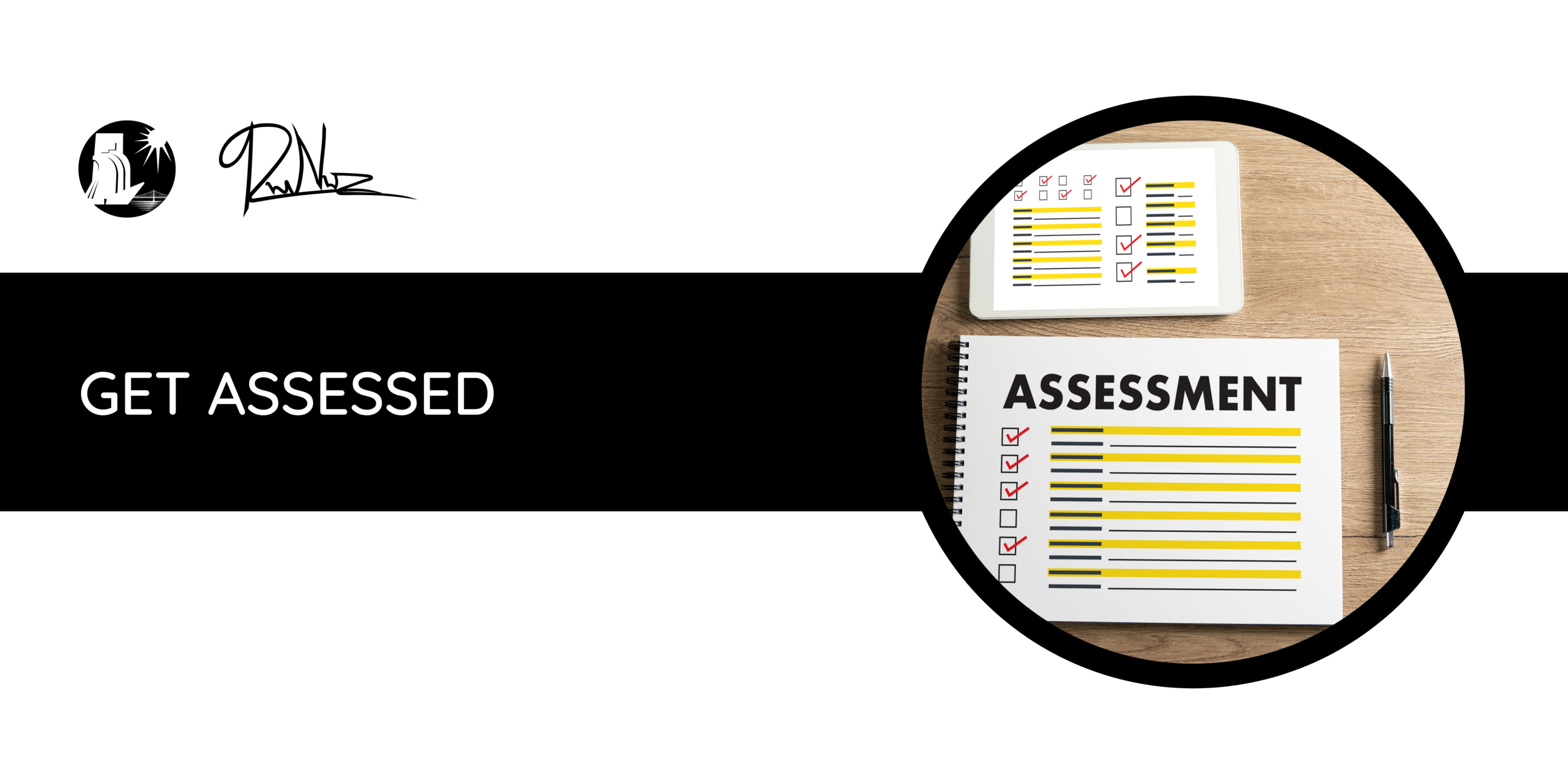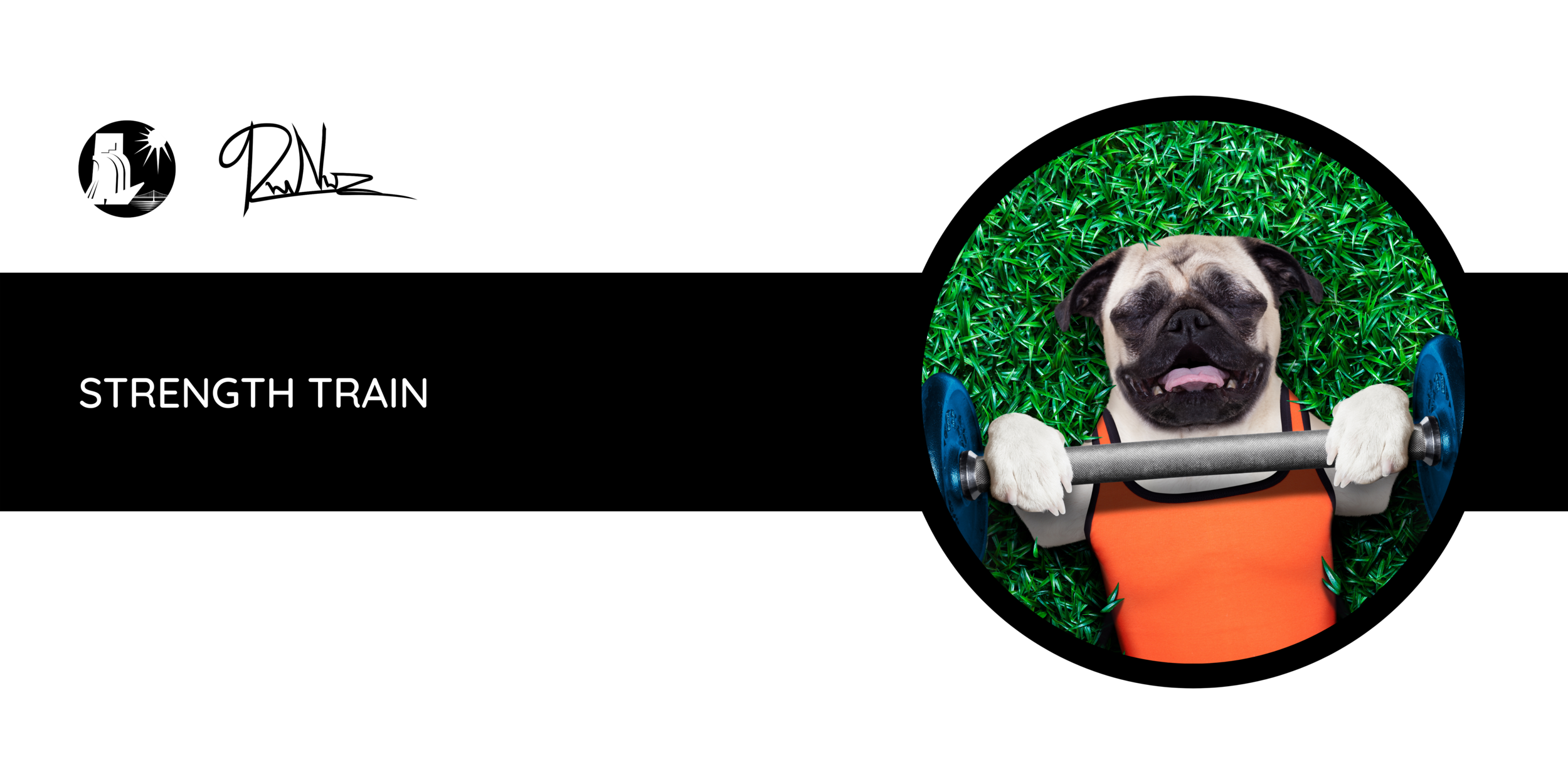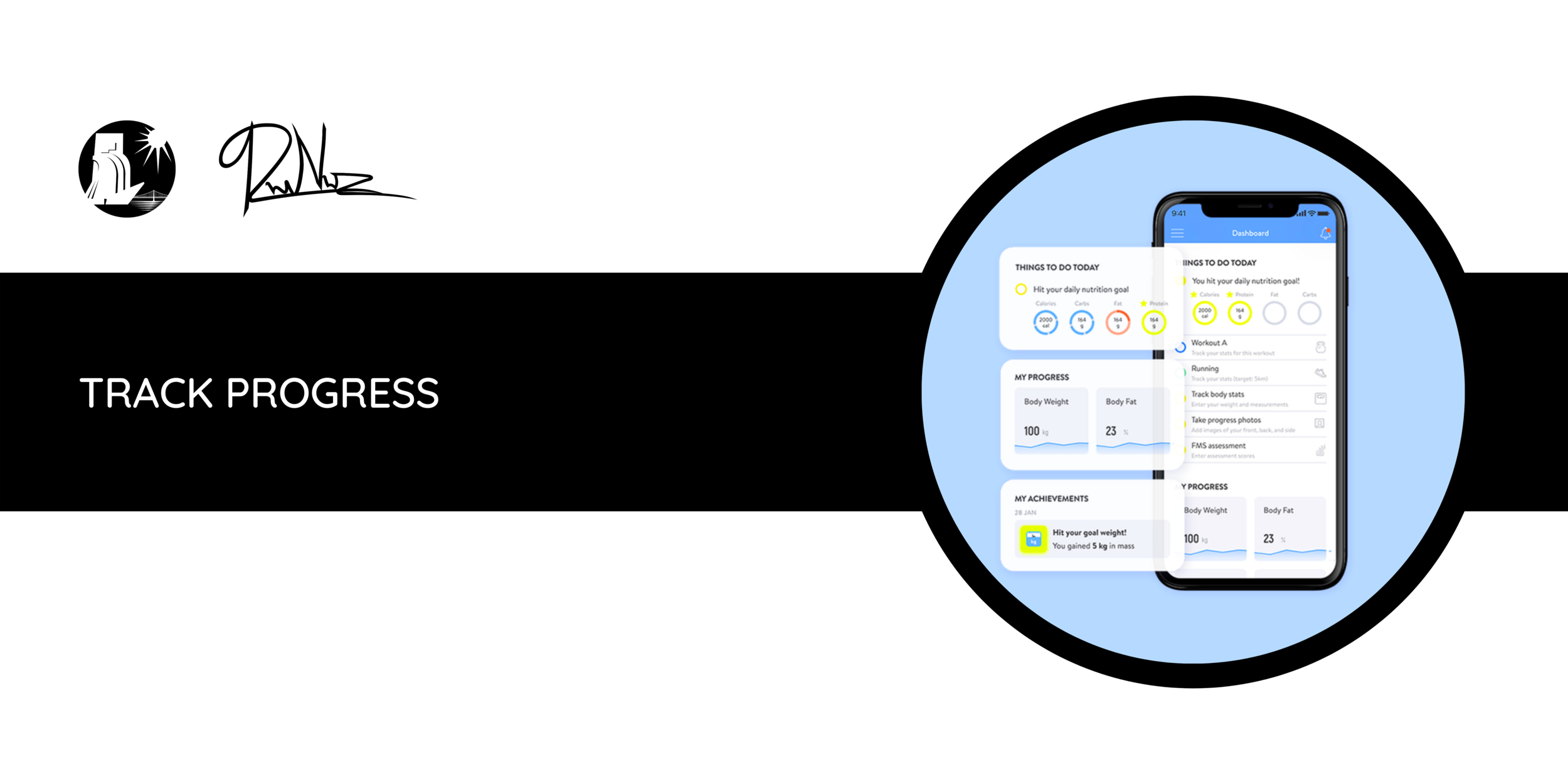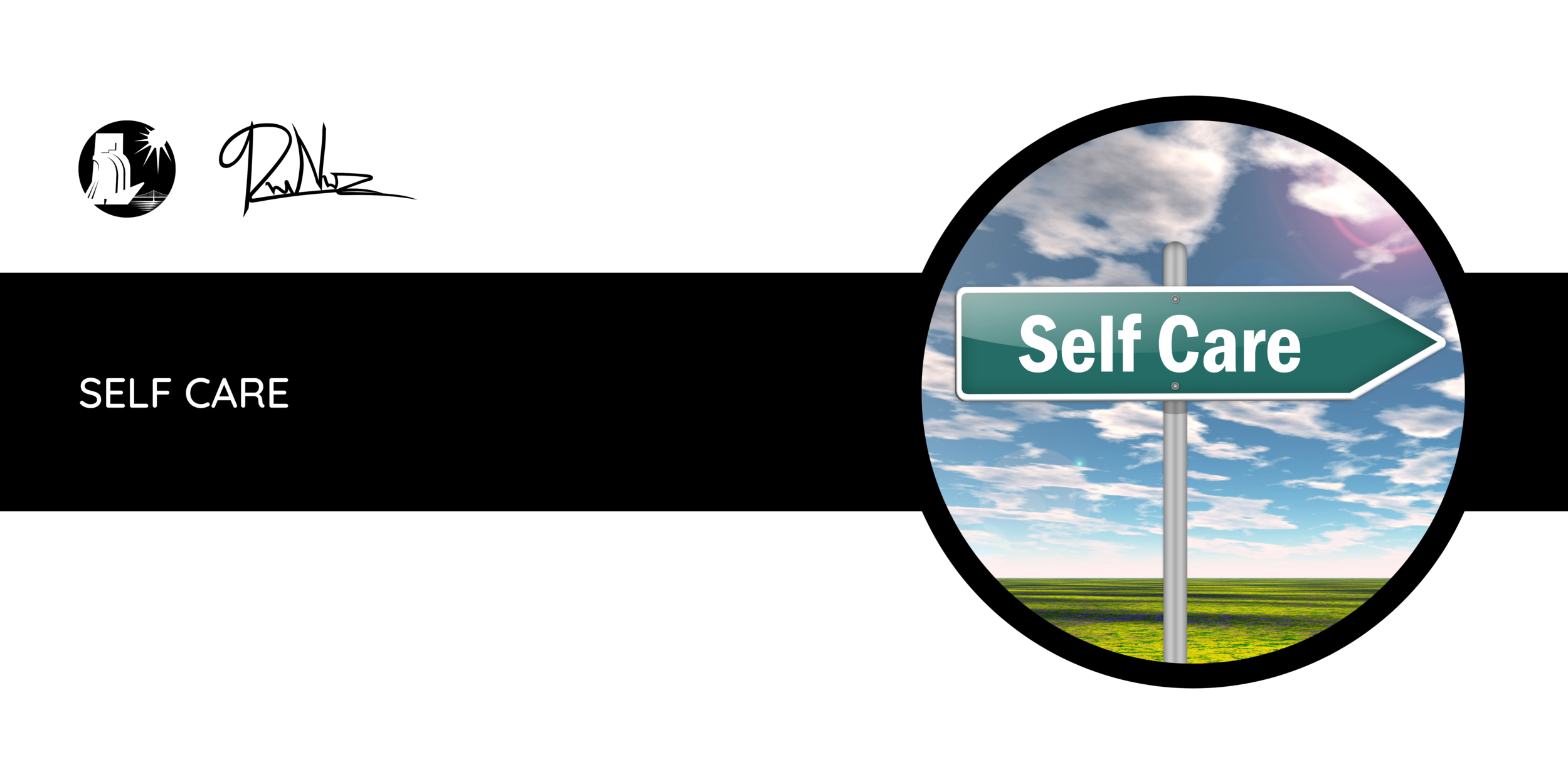8 Tips To Get In Shape
The problem with getting in shape:
Getting in shape is one of the hardest things to do. There are a lot of different opinions, too much information and this leaves you staying stuck on neutral. Do you want results but don't know where to start? Here are 8 tips to get in shape no matter the month.
Solution:
This guide will teach you how to get in shape no matter what season it is outside. Whether it's winter or summer, this guide will help get your body ready for any season!
Overview
Set Goals
The first step is to set your goals. Get a pen and paper, or open up some word-processing software on the computer. It doesn't matter how you do it, but make sure that you are seated comfortably with no distractions so that we can really focus on this time together! The act of setting goals may seem tedious at times--the process takes more than just taking out a pencil from behind ears when one needs it most (though I recommend doing this periodically). Setting achievable yet challenging targets for oneself opens up possibilities not only for work growth but also personal growth as well.
Set your sights high, but not too high. If you set the bar so high that you have no real chance of meeting it then you'll get frustrated or demotivated. So, think hard about what your goals really are and how to put them into words:
1) First, write down a goal description. It would help if somewhere on your list you wrote down a one-line description of the goal. This will help remind you what each goal is all about as well as let you know what areas to focus on and how to prioritize them.
Example: "I want to lose 10 pounds in two months."
2) Second, write down the deadline for accomplishing it. Once again, somewhere else on your list (or at least in the same bullet point) write down a date or time period at which you want to have accomplished your goal. This will help keep you motivated and also help judge how close you are getting to accomplishing your goal.
Example: "I want to lose 10 pounds by May 1st."
3) Third, make sure to review these goals on a monthly basis It's important to not just have them and move on. Your goals should be constantly in the back of your mind as something you're striving towards. Make sure that every month, you take 15 minutes or so to do some thinking about these goals. What progress have you made? Is there anything else you need to do to accomplish them?
Example: "I want to lose 10 pounds in two months. The deadline is May 1st, so I'll review my progress on April 6th."
4) Fourth, break big goals into small achievable steps If you're setting a goal of losing 20 pounds by June 15th, for example, that's probably too much for one month. Instead, break the goal into smaller steps.
Example: "I want to lose 20 pounds by June 15th. My plan is to lose a pound a week for five weeks."
As you can see, setting goals is not all that hard once you get started as there are only four main things you have to do in order. The SMART method is what I use when goal setting. You can read more about goal setting here. To learn more and start your fitness journey, download the fitness starter kit below.
What you do with your goals once they're set is up to you, but make sure that they are part of a system where you can keep track of them and constantly remind yourself about what you're working on. Set your phone’s wallpaper with all your goals.
2. Get Assessed
Talk to a Strength Coach/ Personal Trainer
Get an assessment from a professional fitness coach before starting anything new so that they can give tips on which workout plan would suit your needs best. It is pretty easy to figure out what would suit you, but as I said – don't take any chances. An assessment with a professional fitness coach will go through your goals, workout history, look at your diet, have you perform an assessment, and ask about any injuries or problems you might be experiencing or have had. They will then base your workout plan on this information, paired with your goals – they cant create a good plan if they don't know what it is that you want and where you are!
For a program with an assessment included, join the 6-week training program.
Get expert advice when it comes to exercise routines! Your inexperience could result in injury or just plain old boredom because there are different ways people maintain their health, get stronger or lose weight--get some guidance beforehand for optimal results. Even if you have been to the gym before or are a veteran, get assessed. You may think that someone who has experience with fitness already won't be told anything new by a professional – but in fact, many times what coaches see as obvious or common knowledge is not so well known, especially when it comes to workout plans.
For example, if you are not used to working out, it is easy to think that as long as you do cardio or something of similar intensity at least once a day – then your workout is fine for the day and there's no need to do more than that!
Wrong. That would mean you are missing out on important strength training sessions which could be crucial to reaching your goal, improving your bone density, and allowing you to improve your body composition. You may have heard that strength training is important and that you should do lots of it, but what exactly does this entail? How long should the workouts last, how intense should they be? These are all good questions that will be answered by a fitness coach.
3. Consider Your Exercise Routine
Some people like to run in the morning, while others prefer an afternoon exercise routine with a brisk walk or jog before dinner. What is your best time to exercise?
You may think that this is a needless concern – but if you know what your body needs, what works with your schedule, then it will be easier to exercise and get to your goals sooner. This is also an important consideration for those who aren't in the best of shape and have little time to improve their fitness level because of health reasons. Some people love hitting up their favorite gym every day and working out hard during short bursts throughout the day so they can go do other things afterward (i.e., spend more time with friends). Others are not as into fitness but enjoy going on long walks outside when it's nice weather--or even doing some cardio at home if that sounds easier than leaving together! The key is finding something sustainable; any activity where you won't feel too guilty for taking a break will be better than nothing at all! Another consideration to make is whether you want to develop your cardiovascular/muscular endurance or focus on specific muscles. If you are looking for a good cardio workout, jogging outside may be a great way to start! On the other hand, if you have heard that weight training can be really helpful and your goal is to become stronger, then lifting weights would be your thing! You'll need to pay particular attention to form, however.
A good breakdown of a week of workouts would be to do:
2-3 cardio sessions
2-3 weight training sessions
1-2 active recovery days
That's a total of 7 days where you do different activities and based on your goal, whether you are an athlete, would depend on the type of modalities for your cardio, weight training, and activity days. You can press the links above to learn about the different components of fitness.
4. Prioritize Heart Rate Training (not only for weight loss)
Lose Weight
We all know that cardiovascular training is more than just a good idea--it's an absolute necessity in order to stay healthy. What many people don't realize, however, is how easy it can be to make the time for their health! The right exercises can help you achieve your weight loss goals while improving the functionalities and capabilities of your heart. When prioritizing heart rate training, you can hit the gym for some circuit training, lift weights, walk all while being in the proper heart rate ranges and training zones for your body to burn calories and develop your muscular endurance. Training in the proper heart rate zone will have you improving the size of your left ventricle to supply the body with more nutrients (oxygen) while removing waste (carbon dioxide). This analogy was learned by first fitness mentor, Nunzio Signore, owner and founder of Rockland Peak Performance, “Fat burns in an oxygen-rich environment.” When doing low-intensity cardiovascular activities you’re allowing the body to go through certain systems and procedures that will use fatty acids to produce energy in the mitochondria.
Heart Rate & Training Zones
When training H.I.I.T and all forms of heart rate training, there are three training zones (Recovery Zone/ Conditioning Zone/ Threshold Zone). Depending on your age, readiness level, rest, fitness level, cardiovascular conditioning, will depend on YOUR heart rate ranges for each of the training zones. Generally, there are 5 heart rate zones based on percentages of your heart rate max.
Heart Rate Zones
Zone 1 (Very Light): 50-60% | Great for Recovery, warming up, and cooling down
Zone 2 (Light): 60-70% | Improves general base of fitness / improves recovery and boosts metabolism
Zone 3 (Moderate): 70-80% | Enhances general training pace
Zone 4 (Hard): 80-90% | Improves ability to sustain high-speed endurance
Zone 5 (Maximal): 90-100% | Mamixmal or near-maximal effort
Training Zones
Recovery Zone (Zones 1-2)
Conditioning Zone (Zones 2-3/4)
Threshold Zone (Zone 4-5)
As you see in the training zones above, some of the heart rate zones overlap in the training zones. Your training zones will be affected daily by your age, readiness level, sleep and cardiovascular training condition. If you’re new to cardiovascular training, you’d like to start on the low end of the spectrum for each training zone. If you’ve been training cardiovascularly, you can definitely be near the higher percentages of the heart rate zones when choosing the right training zone you’d like to work on. IF you’d like to find your heart rate training zones, feel free to read my cardiovascular article.
Basic Heart Rate Training Templates
Out of the 2-3 cardio training sessions in a week, you can use the templates below for 1-2 of those sessions. These sessions below will be for active recovery and conditioning.
Active Recovery
Perform any activity for 20-45 minutes that will keep your heart rate in the Recovery Zone (Heart Rate zones 1-2 | 50% - 65% of HR Max). This active recovery day will aid in your body’s recovery. With every workout you do, I highly advise bringing your heart up during your warm-up to around 50-60% of your HRM to warm up your body’s core temperature.
Exercise activities:
biking
walking
rowing
weight lifting
etc.
Conditioning training
Perform any activity for 20-45 minutes that will keep your heart rate in the Recovery Zone (Heart Rate zones 2-3/4 | 60% -85% of HR Max). You are free to do activities longer than that depending on any of your hobbies, activities, and/or demands of your life/goal/sports.
Exercise activities:
biking
walking
jogging
rowing
weight lifting
etc.
5. Implement H.I.I.T
H.I.I.T Training
I’m not going to say that High-intensity interval training (H.I.I.T) is the gold standard for weight loss. Yet it is a tool when done right can benefit you in a multitude of ways. High-Intensity Interval training allows you to get your heart rate up without taking hours out of your day or week, and if there are days when you're not feeling quite as energetic as usual (or feel like putting off exercising) this will help kick start things back into gear. Just try doing 10-minute intervals with periods of intense activity followed by quick recovery phases two to three times per week. Below is an example of training for High-Intensity Interval Training while placing an emphasis on one hear rate training zones.
Threshold Training
Threshold training will improve your ability and your heart’s ability to function properly at a near maximal heart rate range. This is important because as you are improving your heart’s ability to recover and be better conditioned, over time, and having an aerobic base, you’d like to expose your body and heart to the ability to do activities at such a high heart rate. People tend to have complications when put in a situation that’s demanding of raising their heart rate and have never been trained or being exposed to it. H.I.I.T Training is a nice way to get introduced to Threshold training.
Template
Perform 10 to 20 minutes of H.I.I.T training where you maintain your heart rate in the conditioning zone for 1-2 minutes and proceed to raise your heart rate to your threshold zone for 20 seconds-2 minutes. If you are a beginner, please look to start at the lower end of the spectrum regarding time spent in the threshold training.
Conditioning Zone (Zones 2-3/4)
Threshold Zone (Zone 4-5)
Proceed to Conditioning Zone
Repeat for 10- 20 minutes.
Exercise activities:
biking
jogging/ running
rowing
treadmill
weight lifting
etc.
6. Strength Train
A simple routine to build your foundation to strength training is 3 sets of 10-12 repetitions on 4 different exercises working on different movement patterns with a 2-4 minutes break between each exercise. If you are just starting out then it's best to start at the beginner level and work your way up from there as they can be challenging if done properly! There are many different exercises that work out different parts of the body but it is important to remember that in order for a muscle to grow, it has to be stimulated enough to elicit a change. This happens through exercise. Also, try varying your workout routine so that you do not get bored and so your body does not get used to one routine. A way that you can do this is by changing up the exercises that you do. You can look at a host of exercises here.
After your building your foundation you can take the next phase of your training up a notch by upping the weight and doing fewer reps. When talking about strength, strength is expressed in a slow manner. Think about trying to push a heavy sled, pushing a heavy supermarket cart, or moving a couch. With the rep scheme and how I’d program on an exercise, it would be 3 sets for 6-8 reps. You can check out the resistance training variables below that will be included in my book Core Fitness: Your best shape, looking, and feeling great. Available for pre-order.
Here is a workout template.
Warmup
5 mins bike/treadmill
10 mins fascial/movement series
Main Circuit (approximately 20 mins)
Squats 3x6
DB Row 3x6
Deadbugs 3x10
Accessories
Bulgarian Split Squats 4x12/side
Back Flies 4x12
side crunches 4x12/side
Finisher
BW Lateral lunges x 45/side
Y-T-W x45
7. Be Consistent
Exercising is a tough commitment to keep up with. It takes dedication, time, and patience in order for you to see progress over time. However, it’s also important not to be too hard on yourself when the going gets rough. Buildup your mental toughness, learn from your mistakes, and improve daily. If you improve 1% better every day, after a year, you'd improved 365%!
8. Track Progress
In order to make exercising feel less of an uphill battle, try setting your own personal goals that are achievable yet challenging enough so they don't get boring quickly (e.g., doing 20 pushups instead of 10). This can help motivate you as well since there will still be new things waiting down the road if these easier tasks become more comfortable or seem easy after some practice! There are also tons of apps that help keep you motivated when you're getting ready for training. I use trainerzie and evolution nutrition with my clients which allows you to track how long you have been exercising, track your progress, and how many calories you have burned (among other things).
Bonus: Self Care
Always remember: self-care is crucial for staying on track with any aspect of your health! Make sure to take care of yourself outside of the gym and have fun with it, too. At the end of the day, the most important thing is that you love your body and yourself, no matter what size or shape you are!
Conclusion paragraph
Working out and staying healthy can be a daunting task, but it doesn't have to be. To make the process easier, take some time for an assessment before starting any type of exercise regimen so you know what your goals are. Then find exercises that work with those specific goals--whether they're weight loss-related or strength training focused. Once you've found workouts that suit your needs, set reasonable goals for yourself each week by considering how much time you can realistically dedicate to exercising on top of everything else in life. And don't forget about keeping track of your progress!
If all this sounds like too much pressure, we recommend joining our 6-week training program where our team will equip you with everything from workout routines tailored just for you to the right nutrition plan for your fitness goals and lifestyle. We are also available to connect with you during our 6-week program with assessments, weekly accountability calls, and personalized fitness and meal plans all geared to make tracking your workouts, meals, and goals simple.
If you've like to give it a shot on your own? Fill out the form to download the fitness starter kit below which includes:
· 2-week fitness program
· Meal plan
· 2 E-books
· “Three Questions” Goal Setting
____________________________________
About the Author
Raphael Velazquez, B.S, CSCS
Preorder "Core Fitness: Your best shape, looking& feeling great"












